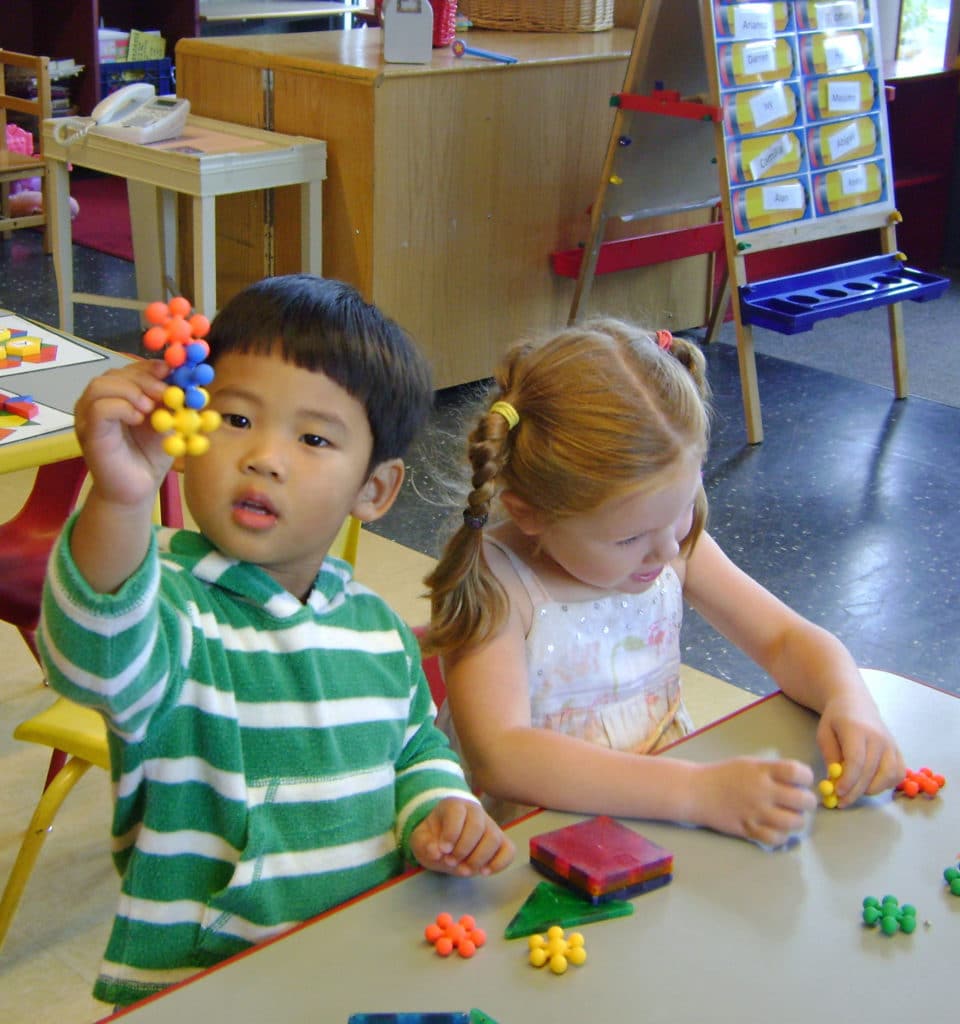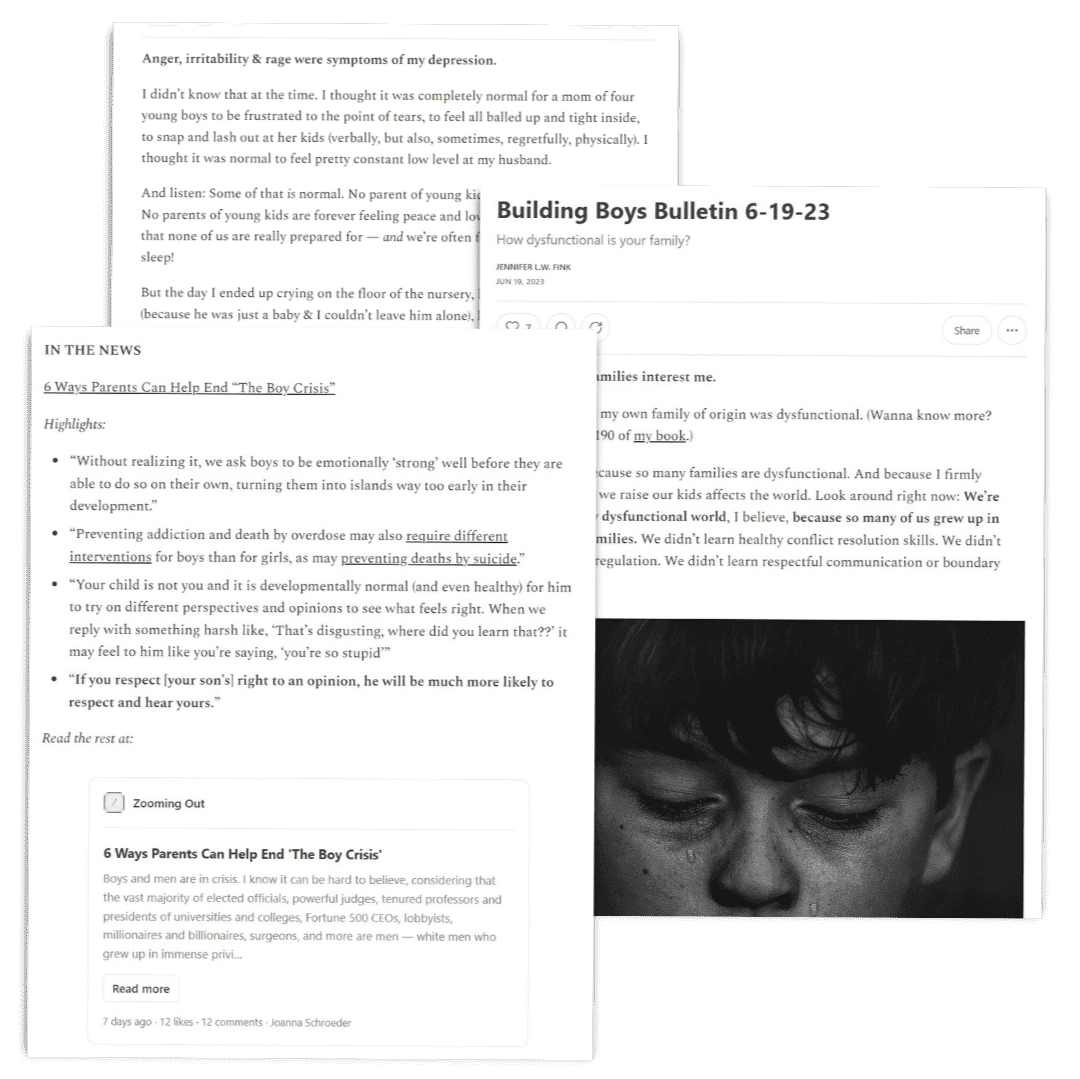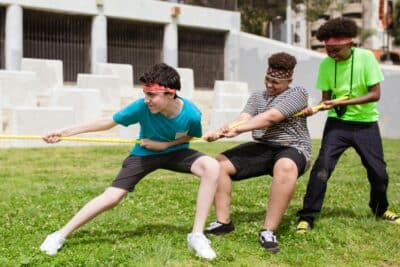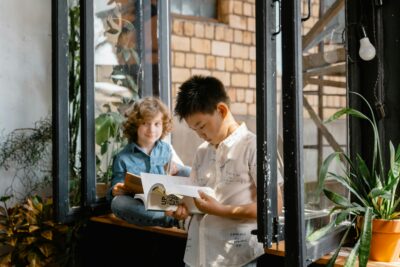Children are the future, and providing an excellent education can be one of the first steps in assisting them in leading the way. For instance, statistically, children who went to a quality preschool tended to excel in math and literacy sections on standardized tests, raising their chances of completing high school and then continuing on to college.

Therefore, when researching a preschool near me online, you may have a couple of questions regarding the type of preschool you want to send your child to. Should a parent send a child to a traditional preschool? Or, perhaps, to a more relaxed program, such as a Montessori preschool? Comparing and contrasting the two programs may be the first step in assisting the parent in making a decision.
Take the Traditional Route
In a traditional preschool, the learning style and classroom are all about routine, and many schools may pride themselves on being extremely structured. Every year, teachers in a traditional setting tend to teach the same material, utilizing worksheets and flashcards as training tools for their students. As far as playtime, making time for children to play may not a priority for traditional preschools.
You may look for a neighborhood preschool. Many preschools have popped up over the years throughout neighborhoods. Sometimes, these are more like glorified play groups for the children. While some teachers are very educated and teach in the traditional way, others may not. It is important to talk to parents of children attending this type of school before making a determination to send your child there.
Consider Montessori
Montessori preschools, on the other hand, have a more individualized and self-paced learning style. Teachers tend to use a play-based approach when teaching their students. This approach means the students have unlimited time to select different types of activities and work based on their specific interests.
The lessons that Montessori students learn are almost always hands-on. This style of teaching can help teachers focus more on enhancing students’ cognitive and social skills. As a result, students can become more self-disciplined, independent, self-regulated, and confident when taught using the play-based approach.
Make a Decision
For a parent or guardian, the selection of a preschool will ultimately come down to what is best for the child. Considering things such as the type of environment the child will thrive in, his or her skills, and his or her strengths and weaknesses is always a great place to start.
This post may contain affiliate links






